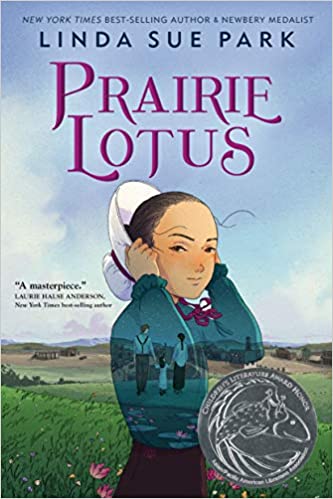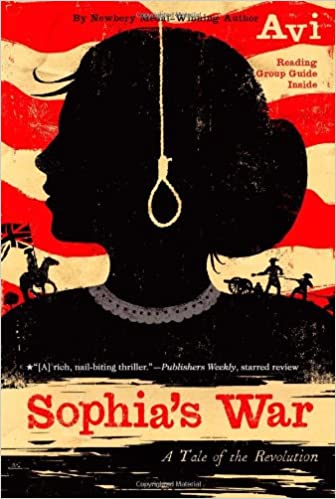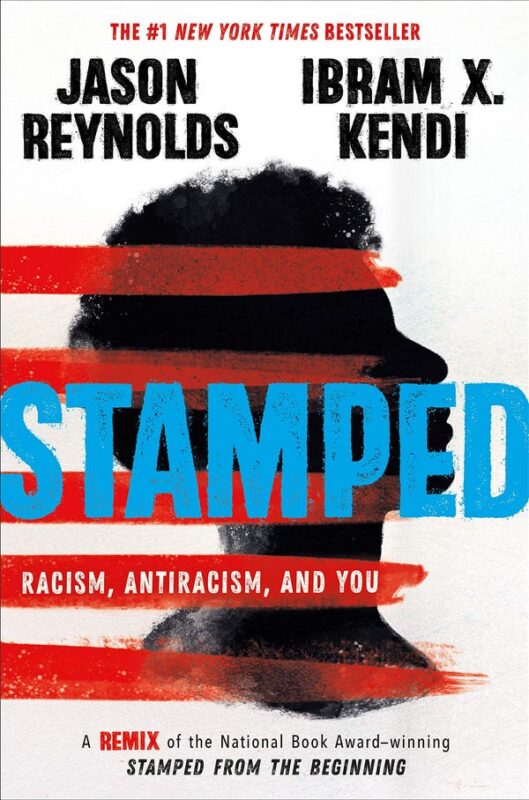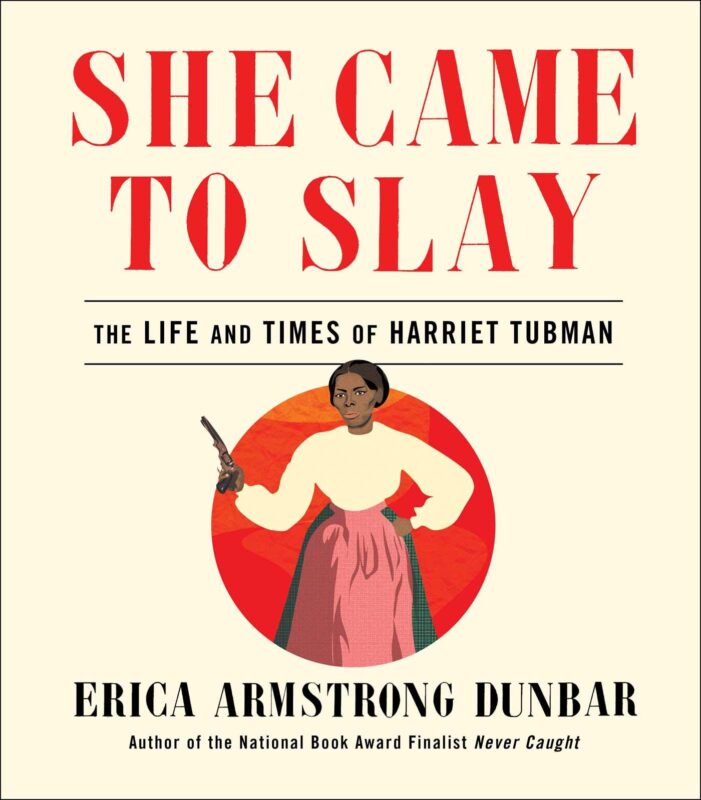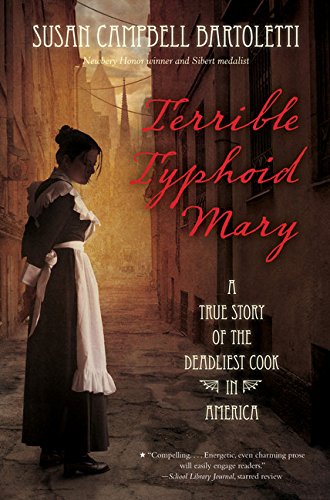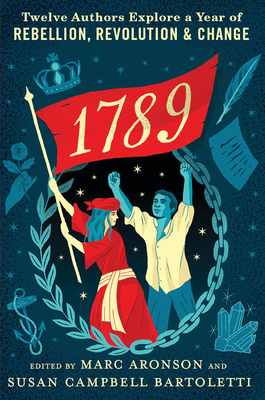
This book was a revelation in historical writing. There are 12 chapters in all, and each focuses on the story of one individual and the ideas that pushed their thinking towards rebellion, revolution, or change. Each was written by a historian who is an expert on that topic.
This book doesn’t center around the typical men or topics that take up most of the space in any regular book about the Revolutionary era. Instead, one chapter is devoted to a Seneca leader, another focuses on a geologist, there’s a painter, a mathematician, and many more. Although they are not overtly explained, questions of freedom, equality, and race intersect and envelop each other in each of the 12 stories.
Though this book centers around historical events occurring in 1789, the way in which the stories were presented made them feel current and modern. This might be partly due to the fact that the people in these stories aren’t the same tired forefathers who seem so dead and distant. Further, by examining the inner thoughts of each of the historical actors, their concerns and passions seem much more universal.
I’ve often preached about the necessity of rewriting the narrative of U.S. History. This book does so well, and in a way that should be emulated. (A small plea to the writers - could you create a middle-grade version?)
This book would be a fantastic addition to any U.S. History class where the teacher has the time to devote a good couple of weeks to deep-diving into the Revolutionary era. Divide the chapters among students - have them dissect the topics and find the commonalities among the ideas. Technically, this book was labeled as a YA book, however, I would suggest it’s best for students in grades 10 through 12. This book does require students who can teach at a high school level, however, some chapters were more approachable than others.
“The Rights of Man.” What does that mean? In 1789 that question rippled all around the world. Do all men have rights—not just nobles and kings? What then of enslaved people, women, the original inhabitants of the Americas? In the new United States a bill of rights was passed, while in France the nation tumbled toward revolution. In the Caribbean preachers brought word of equality, while in the South Pacific sailors mutinied. New knowledge was exploding, with mathematicians and scientists rewriting the history of the planet and the digits of pi. Lauded anthology editors Marc Aronson and Susan Campbell Bartoletti, along with ten award-winning nonfiction authors, explore a tumultuous year when rights and freedoms collided with enslavement and domination, and the future of humanity seemed to be at stake.
Some events and actors are familiar: Thomas Jefferson and James Madison, Marie Antoinette and the Marquis de Lafayette. Others may be less so: the eloquent former slave Olaudah Equiano, the Seneca memoirist Mary Jemison, the fishwives of Paris, the mathematician Jurij Vega, and the painter Élisabeth Vigée Le Brun. But every chapter brings fresh perspectives on the debates of the time, inviting readers to experience the passions of the past and ask new questions of today.


